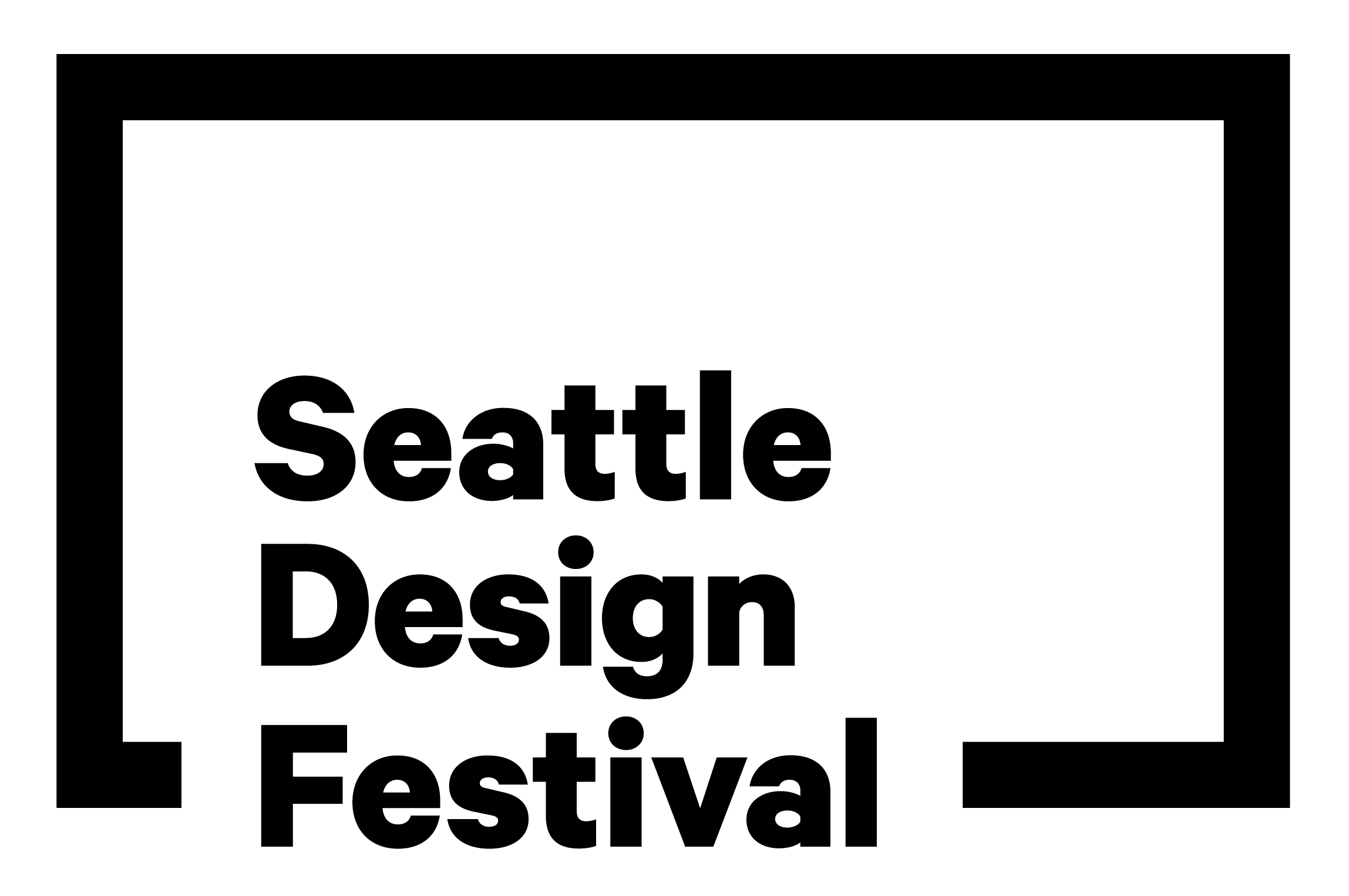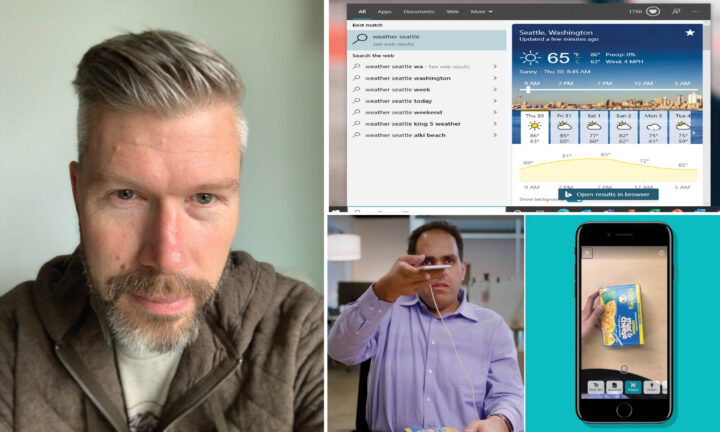Rob Frye is Design Director for Product Design at Microsoft – this year’s Platinum Sponsor of Seattle Design Festival. Make sure to join Microsoft for their panel discussion in this year’s festival: What Day is It? on August 2o, 9-10am.
Rob’s Bio in his words: I started my career as a graphic designer, because back in the 1990’s there weren’t a lot of other options, but I very quickly gravitated toward what would eventually be called user experience design. Finding no other outlet for this drive in Southern California after the dotcom bust the early 2000’s I founded a design firm in in 2004, and scaled that up for a number of years before answering the siren call of the startup world. Eventually I yearned for more scale and impact with my work, which how I ended up at Microsoft, first a product designer, and now a product design leader. I’m a perpetual optimizer – design for me is a very practical field, and digital product design has the unique attraction of being so non-permanent that continual optimization is possible.
Question (Q.):What is it About Time for in design?
Rob Frye (RF): It’s time we start taking seriously the threats of climate change and inequality. We need to design for these things in every product we work on. What is the capacity cost of a new feature? How much power will this consume over time? Where does that power come from? Does the product or feature contribute to inequality in the system? Who are we empowering or disempowering? There is a wonderful design methodology called Inclusive Design that proposes that when you design for the margins, everyone benefits (if your product can be used by a person with limited motor ability in one arm, it can be used by a mother holding a child, or a person carrying a shopping bag). I think we should expand Inclusive Design thinking to include ideas like positive environmental impact and reducing economic or structural inequality.
Q: Who or what inspires you?
RF: My mother – the hardest working person I’ve ever met. She somehow managed to be a single mom, earn multiple post-graduate degrees, become a world-renowned public health expert and a prolific author, guide generations of students to positions of leadership, and still have time to be a great mom. She’s where I got my drive for impact at scale.
Q: My favorite thing about my city is…
RF: The parks – Seattle parks are a treasure, such wonderful, peaceful public spaces.
Q: Tell us about a project that you completed that you are most proud of.
RF: I worked a couple years ago on an app called Seeing AI – a talking camera for the blind and visually impaired. We designed an app combining various Microsoft AI technologies to help people with visual impairments to understand their world a little better – read signs, recognize familiar faces, read their mail, shop at the grocery store, etc. Mostly mundane tasks that sighted people take for granted. We took a simple approach – working directly with the visually impaired community within Microsoft, we designed for the way people with visual impairments use their phones (prioritizing interaction design around voiceover tools and accessibility systems). For a company like Microsoft, this was a small investment, but the result was the most overwhelming gratitude I have ever received for a product design. Along the way we won several awards and got lots of press, but the wonderful, warm user feedback and knowledge that we tangibly made people’s lives better was the real win.
Q: What is your ultimate goal when it comes to your work? What do you want to contribute?
RF: Impact at scale is what keeps me in this field – I love when I can help my team get to solutions that make common tasks in people’s lives easier, faster or more delightful. If I can save a couple minutes a week of a customer’s time, that’s hundreds of millions of hours of gained productivity over time at scale.





